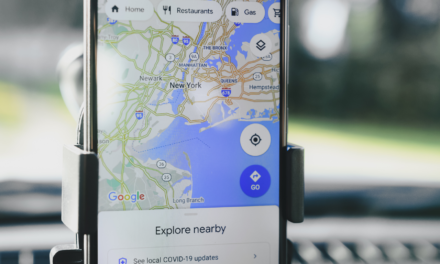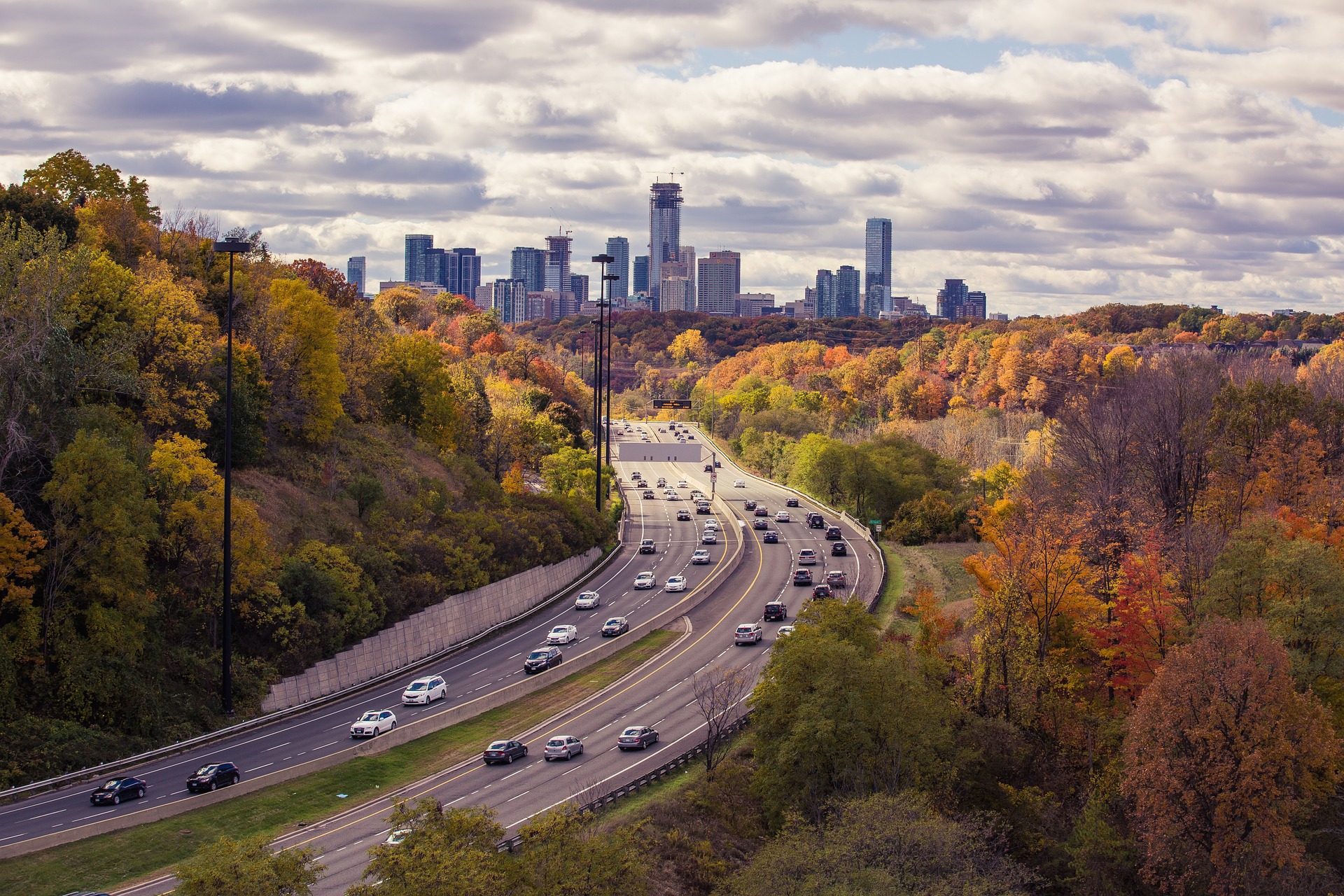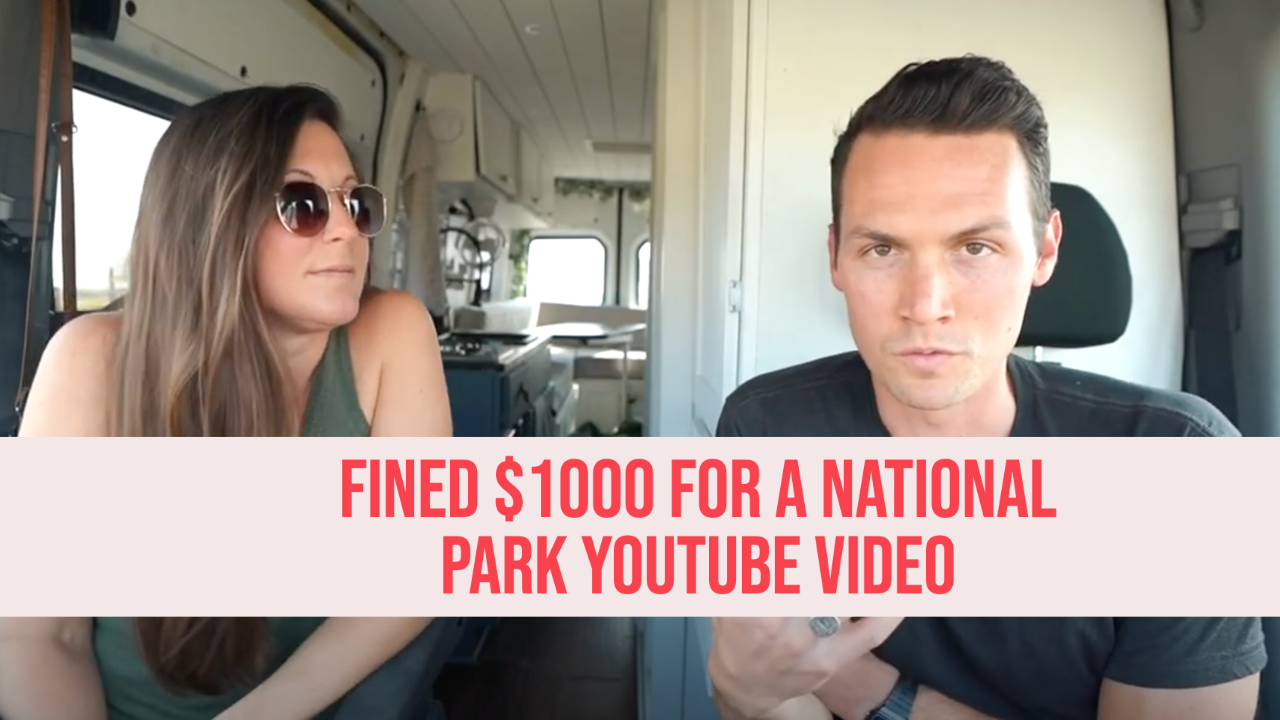It’s no secret that America’s national parks are in the midst of a budget crisis. The current $12 billion maintenance backlog the system faces seems wholly insurmountable next to the $3 billion congress appropriates yearly for the National Park Service. Congress and the Trump administration aren’t likely to fill the gap anytime soon, so the fact that the park service is looking for new ways to bring in revenue is not surprising, but the announcement of a proposed 180% increase in fees — $70 per vehicle at 17 of the most popular parks – did come as a shock to a lot of people.
When U.S. Secretary of the Interior Ryan Zinke announced the plan Tuesday, and his reasons for implementing it, the numbers didn’t seem to add up, so we took a closer look at them — something else is going on here.
“The infrastructure of our national parks is aging and in need of renovation and restoration,” Zinke said. “Targeted fee increases at some of our most-visited parks will help ensure that they are protected and preserved in perpetuity and that visitors enjoy a world-class experience that mirrors the amazing destinations they are visiting. We need to have the vision to look at the future of our parks and take action in order to ensure that our grandkids’ grandkids will have the same if not better experience than we have today. Shoring up our parks’ aging infrastructure will do that.”
Fair enough. But is this money really going to help fix the infrastructure? Let’s find out.
According to the press release, the new price structure should increase revenue by $70 million per year, a 34 percent increase over the $200 million collected in Fiscal Year 2016. So…a 180% fee increase at the parks will lead to a 34% increase in revenue? There’s only one way those numbers make sense — Zinke expects a lot fewer visitors in the parks. You have to factor in that those parks bring in 70% of the revenue, and that the increase is only for peak season (0r about 75% of visitors), but it still must be a projected mass-reduction.
Now, sure, these 17 parks are often overcrowded, and overcrowding is leading to damage. I don’t want to gloss over that fact. It’s a massive problem that needs to be addressed. But is taxing one of the only affordable vacations left in America the right path? Many parks have proposed their own solutions. Reserved entry, closing roads to cars and adding shuttle buses, timed trail entrance, etc. Should a person traveling Route 66 really have to drop $70 to take a peek at the Grand Canyon?
The overcrowding problem aside, the parks need money, as Zinke said. The infrastructure needs must be addressed. So how far will $70 million a year go? Well, it’s just over 1/2 a percent of the $12 billion maintenance backlog. So we ought to be set in 200 years. Even if you take the more realistic (as I’ll explain in a minute) “critical” backlog number of $3.5 billion, It’d take over 50 years to bridge the gap. And, the Trump administration’s 2018 budget slashes the National Park Service allocation by about 12%, or $400 million. The $70 million windfall suddenly doesn’t look so hot. In fact, the NPS will still face roughly a net 10% budget reduction. Just to keep the backlog from growing, the government would need to spend an additional $440 million per year on maintenance.
So what’s this really about? What is it always about? Politics. Let’s not forget that you already pay for the parks through federal income taxes. Taxes that amount to just $4.27 per year, per person. Republicans see the National Park Service as an easy target. Just like the National Endowment for the Arts, they consider it a luxury that we can’t afford, even though it is such a small part of the overall budget pie — less than 1/1000th, less than the city budget of Austin, Texas.
According to experts who spoke with Outside Magazine earlier this year, that $12 billion deferred maintenance number, in particular, is nefariously designed to say “hey look, we’ll never be able to afford to fix this, let’s sell some land off and some drilling rights to pay for it.” That backlog is actually half-comprised of honest to goodness old-fashioned American infrastructure – public roads. The National Park Service is responsible for 5,500 miles of roadways, and a heck of a lot of them don’t go through parks. Roads like the 444-mile Natchez Trace Parkway and the 469-mile Blue Ridge Parkway. Four roads alone comprise $1.3 billion of the backlog. These are federal highways, not national parks, and their funding is appropriated separately from park maintenance. They, along with many of the “wish-list” projects in the $12 billion number are thrown in purposefully to bloat the backlog so that it seems insurmountable. So that it seems as though we need private industry to “save the day” with concessionaire contracts for campgrounds, lodges, and tours, leases for minerals and drilling, a reduction in the size and number of national monuments so land can be sold, and the sale of our masses of land in the west held by the Bureau of Land Management to help pay for it all.
But there are conservative arguments for funding the national parks, too. National parks are a favorite foreign tourist attraction. Every $1 spent on national parks is shown to funnel $10 into the economy – just over $18 billion in 2016, along with the 269,000 jobs that money creates.
This increase is just a way to say “this isn’t important, we don’t want to pay for it” and nothing more. But honestly, without the national parks and the hundreds of historic sites, monuments, rivers and trails protected by the National Park Service, what is America? The National Parks should be considered on their merits, the protections they require, and their place as the crowning jewels of our national treasure. They should not be political pawns.








